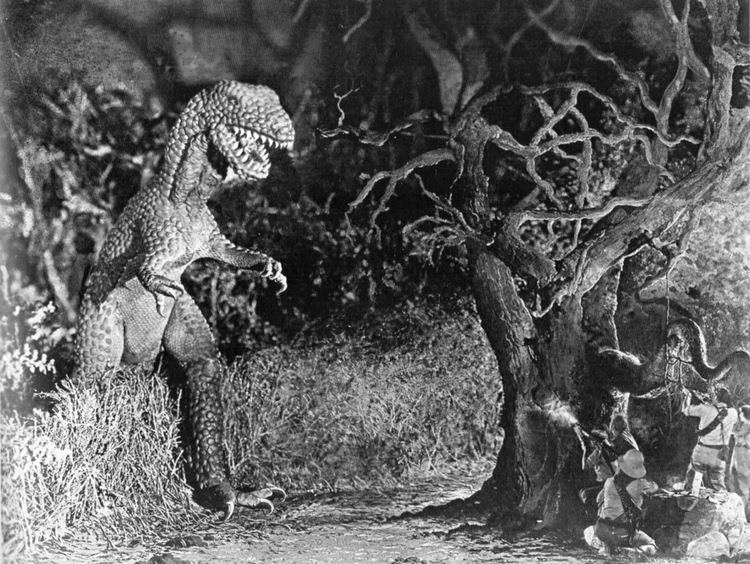If someone asked me about my thoughts on the existence of a Higher Power, I might ponder upon different answers, arguments I would hope to elucidate with all the finesse of an old-school British professor sitting in a leather wingback chair next to a crackling fireplace (as they do). I say “might ponder.” Because what I instinctively wanna blurt out is: “Heck yes a Higher Power’s gotta exist, because He made sure I never saw The Mascot when I was a kid!!”

“Mommy, peees, turn it doff!”
In the past, I’ve mentioned that there’s certain, shall we say, unique silents that would’ve terrified me back when I was a kid–especially ones with papier-mache goblins or weird stop-motion sequences. The Panicky Picnic (1909)? Ew. Ah! La Barbe (1906)? No thank you. Don’t even bring up Le cochon danseur (1907)–it just stopped making cameos in my nightmares. So now I must announce that Ladislas Starevich’s The Mascot (Fétiche Mascotte, 1933), which I saw for the first time recently, is currently #1 on my “Do Not Show To Sensitive Children” list. Did I mention its alternate title is The Devil’s Ball?
While exploring Starevich’s work for Silent Stop Motion Month I became fascinated by this peculiar short, a distinctively European work showcasing some of the era’s most brilliant stop motion animation and some of its creepiest imagery. Apparently it’s already freaked out a generation of ’80s children, thanks to being shown with other cheaply-acquired shorts on late-night British TV. Now it dwells on YouTube, to unsettle all unsuspecting animation fans who doth click on it (and oodles of indie rock bands who use clips for their music videos–like flies to honey, my friends). Since The Mascot is practically a silent film and was made by a silent era master, I say we take a look at it.

Admittedly, there’s cute parts too.












 I’m not just using a cliché–obscure comedian Bowers was truly one of the silent era’s most, err, creative individuals. Not familiar with this highly unique genius? (Admittedly, most people on the planet are not. Sadly.) Allow me to give you a brief introduction:
I’m not just using a cliché–obscure comedian Bowers was truly one of the silent era’s most, err, creative individuals. Not familiar with this highly unique genius? (Admittedly, most people on the planet are not. Sadly.) Allow me to give you a brief introduction: